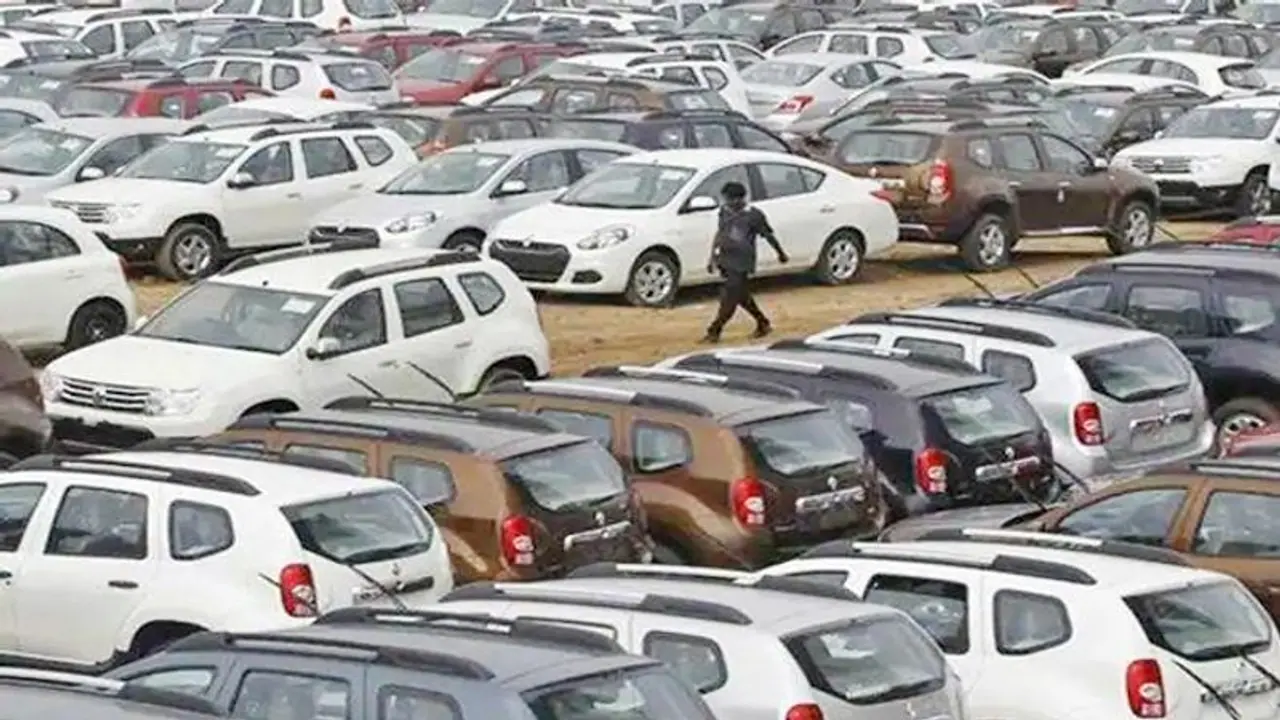Plummeting sales will be compounded by 15% rise in production costs which auto majors may not be able to pass on to consumers
The Indian automobile industry which has been going through some of its worst pains and witnessed, after more than 25 years, a double digit drop in sales (1993 - 21%), will be squarely in the red corner as manufacturing costs are set to increase by a good 15%. What’s worse is it will be hard to pass on the increased costs to consumers.
“Manufacturing cost is expected to increase by about 12-15% for passenger vehicles and about 15-20% for commercial vehicles to meet the new BS-VI emission norms along with the new safety norms. However, the OEMs will not be able to pass on the total cost burden immediately on account of subdued market conditions,” a senior auto industry analyst detailed.
Also read: JioFiber: The slow onslaught on fast broadband in India
In April-August 2019, automobile sales witnessed the sharpest decline of 13.3% on a yearly comparison basis. Such a double-digit drop was witnessed during the same period in FY93, when sales declined by over 21% on a yearly basis.
It is pertinent to note that the Government of India has announced a total skip of Bharat Stage BS-V norms and the adoption of BS-VI norms by April 2020 for cars to fight pollution, which poses a challenge to the domestic manufacturers.
Many manufacturers have already invested in R&D facilities and are setting up plants for production of BS-VI complaint vehicles.
However, the availability of auto components and higher grade fuel for these vehicles is of high concern as using BS-VI fuel in the current BS-IV engines or running BS-VI engines on the current-grade fuel, may be not be effective in curbing vehicular pollution, and may wreck the engine in the long run.
The decline in sales in FY20 was led by price hikes in passenger vehicles and two wheeler segments due to new safety norms starting April 1, 2019, higher insurance costs, higher ownership costs, liquidity crisis in the NBFC sector, increased load carrying capacity for M&HCVs that led to high inventories at dealer level causing slow movement in wholesale movement of vehicles.
As a result of this, inventory levels were at a high for 30-45 days (20 - 30 days considered normal) for major OEMs. Most of the major players had announced plant shutdowns between 5-25 days during May–August 2019.
Furthermore, with the Government of India swinging in with various measures for the industry and stemming to tide in downward spiral of GDP decline, demand most likely will continue to remain muted during the second half of current fiscal.
A marginal uptick, albeit, is expected only by fag end of 2019 and may continue in to early 2020 with various planned product launches, festival demands and pre-buying of automobiles before the implementation of BS-VI norms on April 1, 2020. Also, with higher MSPs announced for the ongoing fiscal, farm income is expected to be marginally higher and will encourage rural spending.
The demand is expected to increase on back of various initiatives taken by the
government for the agriculture and infrastructure sectors along with increased disposable income in the hands of rural populace. Also, the festive season during oncoming season is expected to be comparatively better than the last season.
The pickup in construction and mining activities along with increased inter-state movement of goods with the streamlining of e-commerce and FMCG and pre-buying of commercial vehicles is expected to provide some cushion for the segment.
However, the recent policy revision by the government increasing the load carrying capacity from 16.5 tonnes to 18.2 tonnes for heavy vehicles could weigh on demand for HCVs.
One of the other key levers of financing to crank up the auto industry is also expected to ease. Over the past few months with the liquidity crisis in NBFCs and resultant slowdown in credit financing, disbursements for automobile industry is expected to remain slightly under pressure. However, with RBI bringing down the repo rate to 5.75% from 6.0%, the lower interest cost is expected to provide the much-needed stimulus to the auto demand.
